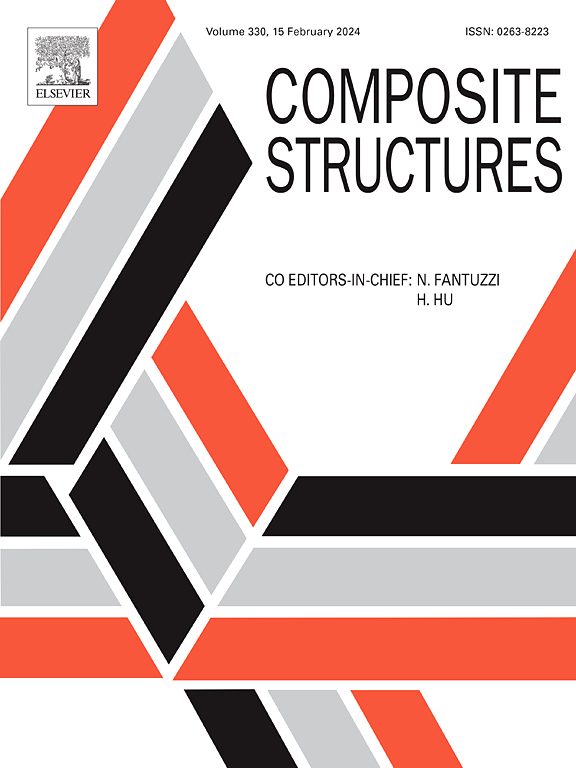Novel insight into relationship between microstructure and ablation behavior of Cu-W alloys prepared by melt infiltration: Experiments and molecular dynamics
IF 6.3
2区 材料科学
Q1 MATERIALS SCIENCE, COMPOSITES
引用次数: 0
Abstract
This study proposes a novel approach combining MD simulations and experimental methods to investigate the relationship between microstructure and ablation behavior of Cu-W alloys with varying W content, prepared by the melt infiltration method. Cu-W alloys have attracted significant interest due to their unique combination of high thermal and electrical conductivity from Cu and excellent thermal stability and ablation resistance from W, making them suitable for high-temperature applications. However, understanding the influence of microstructure, particularly W content, on their ablation resistance remains challenging, especially under extreme conditions like laser ablation. The experimental results show that increasing W content enhances the ablation resistance, as evidenced by the smallest ablation craters in W90. MD simulations further reveal how heat predominantly diffuses through Cu regions, while W serves as a thermal barrier, thereby enhancing stability during ablation. Additionally, mean squared displacement analysis indicates that atomic mobility decreases with higher W content, suggesting greater structural rigidity in W-rich alloys. This MD-based approach successfully captures the rapid phase transformations and kinetic mechanisms of Cu-W alloys under extreme conditions, providing insights that bridge the scale gap in experimental observations. The results contribute valuable theoretical support for optimizing the design and ablation resistance of Cu-W alloys.
求助全文
约1分钟内获得全文
求助全文
来源期刊

Composite Structures
工程技术-材料科学:复合
CiteScore
12.00
自引率
12.70%
发文量
1246
审稿时长
78 days
期刊介绍:
The past few decades have seen outstanding advances in the use of composite materials in structural applications. There can be little doubt that, within engineering circles, composites have revolutionised traditional design concepts and made possible an unparalleled range of new and exciting possibilities as viable materials for construction. Composite Structures, an International Journal, disseminates knowledge between users, manufacturers, designers and researchers involved in structures or structural components manufactured using composite materials.
The journal publishes papers which contribute to knowledge in the use of composite materials in engineering structures. Papers deal with design, research and development studies, experimental investigations, theoretical analysis and fabrication techniques relevant to the application of composites in load-bearing components for assemblies, ranging from individual components such as plates and shells to complete composite structures.
 求助内容:
求助内容: 应助结果提醒方式:
应助结果提醒方式:


